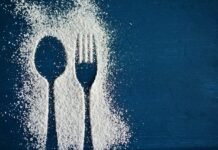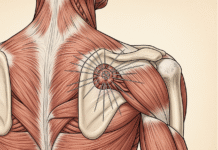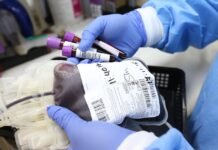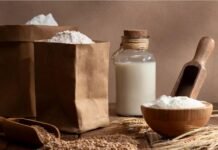Peptides, together with proteins, regulate the most biological processes in organisms. But most importantly, scientists use peptides in their medical research as well as boosting the body’s immune system. There is a reason, therefore, for ensuring that you get the best out of your peptide synthesis process. Solid-phase synthesis is the most common process in the production of peptides.
The process may seem straightforward, but obtaining the required amount of purified peptides may need some extra effort. With these five tips, you can make your peptide production process more feasible and efficient. In the end, you will have more pure peptides ready for your projects.
1. Use Higher Concentrations of Amino Acid and the Coupling Reagent
Concentration is a simple science. The two substances you use to synthesize peptides are non-dependent. The concentration per volume of the coupling reagent and the amino acid source determine how easy you can achieve your goals in creating an amino acid chain – peptide.
When you make more concentrated solutions of both, you have more molecules in a smaller amount of solvent. That means that molecules have smaller spaces between them, and they do not need to “travel” far to create peptide bonds. A higher concentration of amino acids also increases your abilities to make longer chains of peptides.
2. Double Couple the Arginine Residues
Arginine residues may occur when you are working on your amino acids to synthesize peptides in your lab. However, the arginine amino acids are quite bulky. Apart from the α-carboxylic acid and α-amino, it also has a 3-carbon aliphatic chain that ends in the guanidino group.
This chain makes arginine too “heavy” for normal coupling in the synthesis of peptides. This usually happens when coupling arginine to another amino acid that has a large sidechain – like tyrosine. Using a double coupling approach will make the process easier and ensure that the incorporation completes successfully.
Another option for this situation is increasing the coupling time. However, this option would work if you have sufficient time on you, and you would not prefer double coupling. You would need to weigh what is precious to you at that moment – the coupling reagent and time.
3. Take Care of Aspartic Acid Residues
Aspartic acid is one of the α-amino acid groups that are common in peptide and protein synthesis. This acid is usually vulnerable to aspartimide rearrangements while you are in the process of coupling your amino acids. The reaction usually occurs when you finish a deprotection cycle and incorporate the aspartic acid.
When the rearrangement occurs, the resulting substances have more β-amino acid amidst the α-amino acid. The bothering fact is that the β-amino acid that occurs after the aspartimide rearrangement is mass neutral. It, therefore, becomes almost impossible to separate them from the peptides using chromatography. When synthesizing peptides, you would want to ensure that you limit the possibility of the aspartic acid reaction.
4. Double Couple When You Have Identical Amino Acids
Working with a single amino acid in your peptide synthesis is fairly simple and straightforward. Having some bulky side chains on your amino acid is something you can easily deal with. But it becomes a different story when you have multiple amino acids with the same structure following each other. An example is when synthesizing Ala8.
As you progress, the solubility of the amino acids starts to decrease. The formation of a secondary structure may also hinder your progress. After two or three identical amino acids, you should consider double coupling. When you are double coupling, you reduce the deletion sequences. In turn, you get a higher peptide yield with the best quality.
5. After Proline, Double Couple the Amino Acids
Proline is another amino acid with a side-chain. Your first coupling of peptides containing proline would yield well, and you may forget about the “hidden” hindrance as you continue with the synthesis process. After a proline residue, you may encounter some failures in the productivity of the peptides you need. The reactive nitrogen in proline is a secondary amine. It may reduce the reactivity of your amino acids, causing a lower yield.
A double coupling procedure can help you to exhaust the reactivity of the next amino acids after the proline residue. That is the perfect way to ensure that you have the highest yield from your exercise. Some researchers also suggest that you try using a different reagent, change the temperature, or the base concentration. You would consider what will work best in your setting and scenario.
Summing Up
With every biotech process, you want to achieve the best results to help you move forward with your research. However, it sometimes happens that you encounter challenges – like synthesizing on peptides. Lagging results can be a major problem. By following the tips you have learned in this article, you can achieve a higher yield of peptides with more convenience.


























